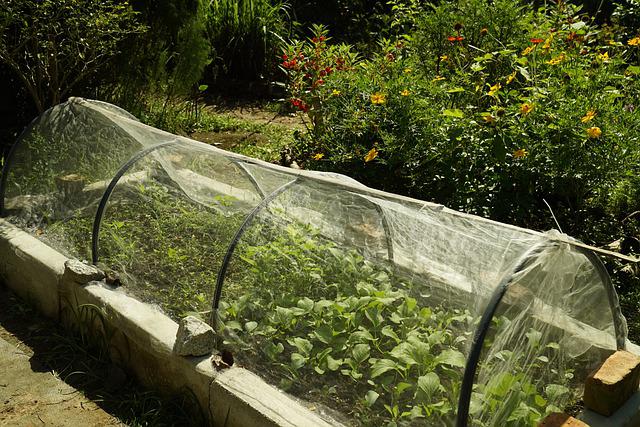There are plenty of warnings, empirical data, and even our own experiences regarding the price of food, availability, and quality (i.e., genetically modified.) However, even with all this information, we are doing very little to solve these issues as a local and global community. And it may take a crisis, such as the pandemic’s effect on creating more open spaces, for us to react and change some habits. For example, Germans are well known for having community gardens all over the country, which originated during World War I. Back then, the country started running out of food supplies, but their cities were not bombed. Therefore, they created these plots and raised vegetables, fruits, and whatever they could to keep the food supply moving. After the war, they were still useful but are currently more of a hobby, which could have a tremendous positive impact on our society.
In San Francisco, for example, several community gardens provide a steady supply of legumes, such as kale, tomatoes, zucchini, mint, peppers, green beans, etc. Some of these gardens are no larger than a regular residential lot size, but others, such as the Alemany Farm, are 3.5 acres and are open to the public. In other words, anyone can pick up what is being harvested. The benefits of this type of urban farming are numerous, but the salient ones are:
- Affordable, if not free,
- Available,
- Healthy farming practices,
- Promotes self-reliance,
- It precludes the need for transportation and so on.
These community gardens have been increasing and evolving over the last few decades, which is in sync with the need for these gardens, but also a more informed society, including younger generations, which see the benefit of having control over what they consume, saving money and minimize negative environmental impacts. And, as a civil engineers, I can say that we play an important part in this trend. Many of the urban community gardens are located in existing City rights-of-way, which are often already built with pavement, hardscape, or other built appurtenances. And it is then the job of a civil engineer to reverse, to a certain point, the design and construction work previously executed. In other words, we as civil engineers are trying to convert existing “improved” areas back into their original, natural state, albeit still providing the necessary public works to accommodate our communities.
At SCE, we are currently working on projects geared towards removing pavement and hardscape and providing landscaping and urban planting areas. Additionally, rather than install drainage pipes, water meters, and other such utilities, we are looking at ways to harvest rainwater and design rain gardens, which will minimize and eliminate the need for drainage inlets, piping, and treatment. In other words, food will be grown using the soil around us and irrigated through natural resources, which is how we as a civilized society started thousands of ago. In other words, we are trying to live sustainably.

